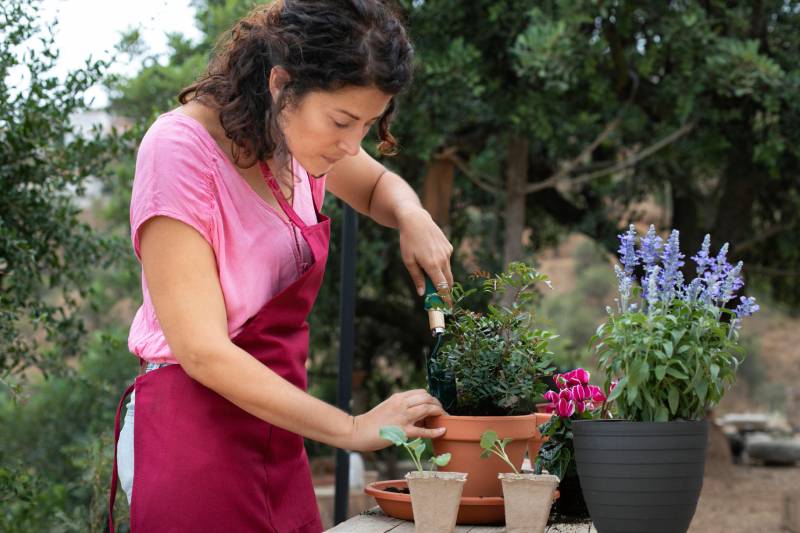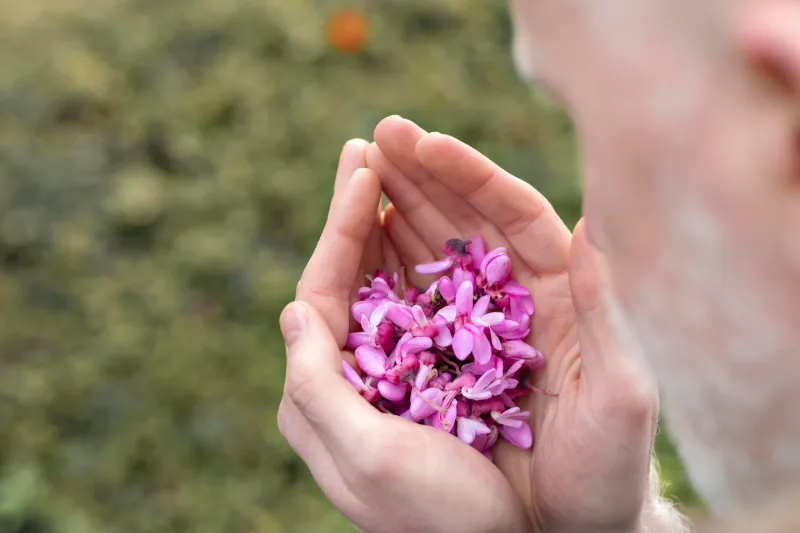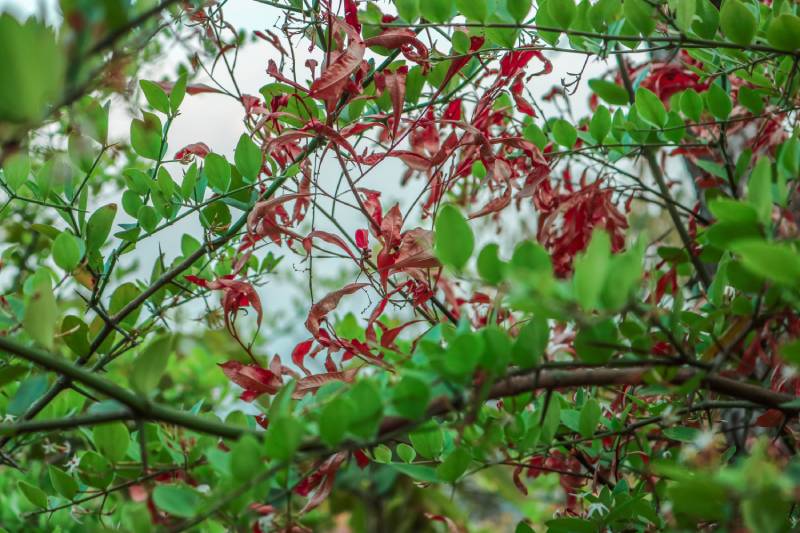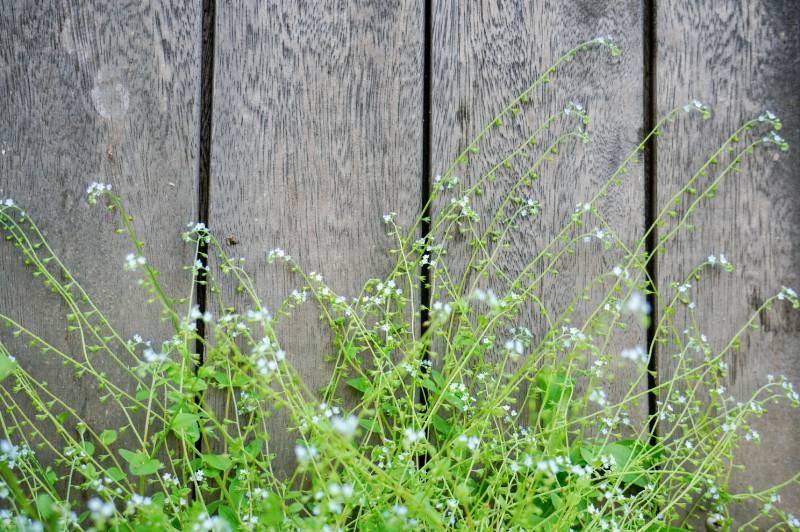How To Grow & Care For Campanula In Your Garden

Bellflower, or Campanula, is a popular perennial that adds beauty to landscapes with its bell-shaped blossoms. This adaptable plant is a pleasant addition to any garden setting because of its colorful blossoms in pink, white, purple, and blue tones. More than 500 species of There are many different sizes and forms of campanula, ranging from low-growing ground covers to tall, upright varieties. Because it’s easy to grow and maintain, Campanula is a favorite plant for gardeners of all abilities. Campanula may be a great option to add color to your flower beds, borders, or containers. You will learn all you need to know about planting, cultivating, and caring for Campanula to ensure it flourishes and brings beauty to your garden for years.
Planting Campanula

Light: For maximum growth, campanulas like full sun to moderate shade. It should ideally get four to six hours of sunshine each day.
While some varieties can tolerate more shade, too little light may result in fewer flowers.
Soil: The plant prefers well-draining soil with a slightly acidic to neutral pH (6.0-7.0). It needs proper drainage to stop root rot.
Spring Planting: Plant Campanula in the spring after the last frost date. This gives the plants an entire growing season to establish themselves.
Fall Planting: In milder climates, you can also plant Campanula in early autumn, allowing roots to establish before winter.
Amend the Soil: To increase soil fertility and drainage, add organic matter to the planting area, such as compost or well-rotted manure.
Loosen the Soil: To encourage root development, loosen the soil to a depth of 12 to 15 inches. Clear away any rubbish, weeds, or rocks.
Depth: Create a hole that is the same depth and twice as wide as the root ball of the plant. Ensure that the top of the root ball of the plant is level with the soil surface by placing it in the hole.
Spacing: Depending on the kind, space campanula plants 12–18 inches apart to provide for adequate air circulation and development space.
Apply Mulch: Add a 2-3 inch layer of organic mulch, such as shredded bark or compost, around the base of the plants. Mulch aids in controlling soil temperature, weed suppression, and moisture retention.
Keep Clear of Stems: To avoid rot, make sure the mulch stays away from the plant stems.
Growing Campanula

Consistent Moisture: Campanula prefers consistently moist soil, especially during the growing season. When the top inch of soil appears dry, thoroughly water it. Waterlogging should be avoided though, since this might cause root rot.
Reduce in Winter: Water less frequently during winter when the plant is dormant.
Spring Feeding: Apply a balanced, all-purpose fertilizer in the spring as new growth begins. This will encourage robust development and profusion of flowers.
Avoid Over-Fertilizing: Excessive fertilizer can cause lush foliage with fewer flowers. Follow the manufacturer’s instructions for dosage and frequency.
Organic Mulch: Cover the base of the plants with a layer of organic mulch, two to three inches thick. Mulch aids in controlling soil temperature, weed suppression, and moisture retention.
Keep Clear of Stems: In order to avoid rot and fungal problems, make sure the mulch stays away from the plant stems.
Deadheading: To promote continued flowering and keep the plant from focusing its energy on producing seeds, remove wasted blooms on a regular basis.
Cutting Back: To keep the plant looking neat and to promote new development, trim down the stems after the main flowering time.
Pests: While Campanula is generally resistant to pests, watch for slugs, snails, and aphids. Use organic or chemical pest control methods as necessary.
Diseases: Maintain adequate ventilation to ward against fungal infections. If you notice any signs of disease, such as powdery mildew or rust, treat promptly with appropriate fungicides or remove affected plant parts.
Hardiness: Most Campanula varieties are hardy perennials, but you may need to provide winter protection in colder climates.
Mulch for Insulation: To protect the roots from the cold throughout the winter, cover the plants with a thicker layer of straw or mulch in the late autumn.
Every 2-3 Years: Every two to three years, divide campanula plants in the spring or autumn to encourage healthy growth and avoid overpopulation.
How to Divide: Using a sharp knife or spade, carefully remove the plant, split the root clump into smaller parts, and then replant the divisions at the same depth as the original plant.
Caring for Campanula

Deadheading: To promote constant flowering, remove spent flowers on a regular basis. This prevents the plant from putting energy into seed production and promotes more flower buds.
Pruning: After the main flowering period, trim the stems to maintain a neat appearance and stimulate new growth. Some Campanula varieties may bloom again later in the season if appropriately pruned.
Consistent Moisture: Keep the soil consistently moist but not soggy. Water deeply when the top inch of soil feels dry, especially during dry spells.
Winter Reduction: Reduce watering in winter when the plant is dormant to prevent root rot.
Spring Fertilization: Apply a balanced, all-purpose fertilizer in the spring as new growth begins. Follow the manufacturer’s instructions for dosage and frequency.
Avoid Over-Fertilizing: Excessive development of foliage at the expense of flowers might result from overuse of fertiliser.
Organic Mulch: Apply a 2-3 inch layer of organic mulch, such as compost or shredded bark, around the base of the plants. This helps retain moisture, suppress weeds, and regulate soil temperature.
Clear of Stems: Mulch should be kept a few inches away from plant stems to avoid fungal infections and decay.
Pests: Common pests include slugs, snails, and aphids. Use organic or chemical controls, such as slug pellets, diatomaceous earth, or insecticidal soap.
Diseases: Make sure there is adequate airflow surrounding the plants to stave off fungal diseases such as rust and powdery mildew.
Remove and destroy affected plant parts if disease occurs.
Winter Protection: Although the majority of campanula cultivars are hardy, in areas with lower temperatures, cover the plants with a heavier layer of mulch or straw to keep the roots warm during the winter.
Avoid Wet Conditions: Ensure the soil is well-drained, especially in winter, to prevent soggy conditions leading to root rot.
Dividing: Every two to three years, divide campanula plants in the spring or autumn to encourage healthy growth and avoid overpopulation.
Dig up the plant, split the root clump into smaller sections with a sharp knife or spade, and replant the divisions.
Transplanting: If needed, transplant Campanula in early spring or fall. Water the plant well before and after moving to reduce transplant shock.
Tips for Success

Climate Suitability: Choose Campanula varieties that are well-suited to your local climate. Some popular varieties include Campanula carpatica (Carpathian bellflower), Campanula persicifolia (Peach-leaved bellflower), and Campanula poscharskyana (Serbian bellflower).
Growth Habit: Consider the variety’s growth habit—some are low-growing ground covers, while others are tall and upright.
Sunlight: Make sure the proper quantity of sunshine reaches your campanula. The majority of cultivars require at least 4-6 hours of sunshine each day and grow best in full sun to moderate shade.
Soil: Plant Campanula in well-draining soil enriched with organic matter. Aim for slightly acidic to neutral pH soil (6.0-7.0).
Watering: Maintain consistent soil moisture, especially during the growing season. Deeply water when the top inch of soil feels dry, but avoid waterlogging.
Mulching: Apply organic mulch to control soil temperature, inhibit weed growth, and hold onto moisture. The mulch should be spaced a few inches from the plant stems.
Deadheading: To promote continued flowering and keep the plant from focusing its energy on producing seeds, remove wasted blooms on a regular basis.
Pruning: Trim back stems after the main flowering period to maintain a tidy appearance and promote new growth.
Balanced Fertilizer: Apply a balanced, all-purpose fertilizer in the spring as new growth begins. Steer clear of overfertilizing, since this may result in an abundance of foliage at the price of blooms.
Monitor for Pests: Watch for common pests such as slugs, snails, and aphids. Use organic or chemical controls as needed.
Prevent Diseases: Ensure good air circulation around plants to prevent fungal diseases. Use the proper fungicides to treat any disease symptoms as soon as they appear, or remove any damaged sections.
Mulch Insulation: In colder climates, protect the plants with a thicker layer of mulch or straw to insulate the roots during winter.
Reduce Watering: To prevent root rot, reduce watering during the dormant winter months.
Regular Division: Every two to three years, divide campanula plants in the spring or autumn to encourage healthy growth and avoid overpopulation. This keeps them vigorous and promotes stronger development.
Transplanting: If necessary, transplant Campanula in early spring or fall, ensuring the plants are well-watered before and after moving to minimize transplant shock.
Design Considerations: Pair Campanula with other perennials such as hostas, ferns, and astilbes for a visually appealing garden display.
Diverse Plantings: Use a mix of varieties and companion plants to create a dynamic and diverse garden ecosystem.
Regular Checks: Monitor your Campanula plants for signs of stress, pests, or diseases. Early detection and intervention can help maintain plant health and ensure continuous growth and flowering.
Conclusion
Cultivating and tending to Campanula, with its exquisite bell-shaped blooms, may be a fulfilling endeavor for any gardener. These lovely perennials will flourish in your garden if you choose the proper kind and provide ideal planting circumstances. Plants will remain alive and healthy with regular maintenance, which includes mulching, trimming, watering appropriately, and controlling pests. Prolonged fertilization and regular division will encourage robust growth and profusion of flowers. Keep an eye out for symptoms of stress, pests, and illnesses in your Campanula plants, and act quickly to remedy any that you find. When given the right care and attention, campanulas may offer long-lasting beauty and delight to your garden while also improving its aesthetic appeal and setting. Following the instructions will enable you to cultivate Campanula effectively and enjoy it, making it a standout feature in your garden for many years. Happy gardening!



Leave a Reply